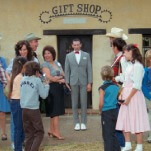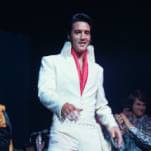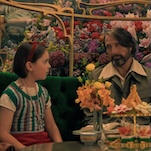Here's some data and analysis to help you be a better standup
On last week’s episode of HBO’s Crashing, a lame comedian had an audience of college students in stitches with a bit about Bubble Tape. Literally all he was doing was describing Bubble Tape, but his physicality, mannerisms, and vocal climaxes made banal sentences sound like they were jokes, thus prompting a rapturous response. While the scene served to show how different audiences require different approaches to comedy, it also emphasized just how important the structure of a standup set is to its impact.
That’s the focus of a new visual essay from The Pudding, which centers around the clever, layered structure of a recent standup special from comedian Ali Wong (who, unlike Mr. Bubble Tape, it should be noted, is actually funny). While many standups thrive on a series of one-liners—think Mitch Hedberg or Steven Wright—others, like Wong, subtly string together jokes and character details like subplots in a film or TV show, with them eventually coalescing. This results in what The Pudding calls the “laughter climax,” and their research shows that this climax ignited what’s undoubtedly the biggest laugh of Wong’s special.








































